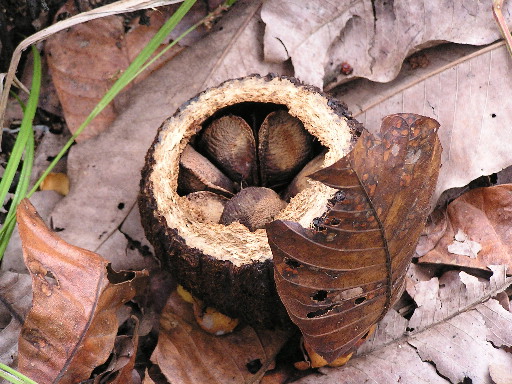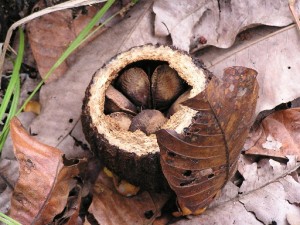 Here’s a great tutorial on how to make a nut milk, in particular, Brazil nut milk.
Here’s a great tutorial on how to make a nut milk, in particular, Brazil nut milk.
I’ve been wanting to try making my own nut milks, but for some reason I had thought there would be a lot to it. So I was happy to see, once I started researching it, that’s not the case at all. There are plenty of helpful videos on making nut milks, but I particularly liked how simple and straightforward Max was on this video below.
So after finding his video on Youtube, I headed over to his site to check him out, and sure enough, it turns out we have a lot in common. He hates GMOs. He loves healthy living. He believes in the power of food to help us heal. He sounds like somebody I would enjoy being around.
So given all that, I decided to share his video with you. I hope it inpsires you to go out and try your own nut milk as it has me.
And remember – Live Inspired!
Jen
About Max
Follow Max Goldberg on Twitter.
 I’m just a regular person who decided to take his physical and mental health into his own hands. Along the way, I developed a real passion for organic food as a means to improve my well-being. Here’s his post where the Youtube video I found was featured.
I’m just a regular person who decided to take his physical and mental health into his own hands. Along the way, I developed a real passion for organic food as a means to improve my well-being. Here’s his post where the Youtube video I found was featured.

